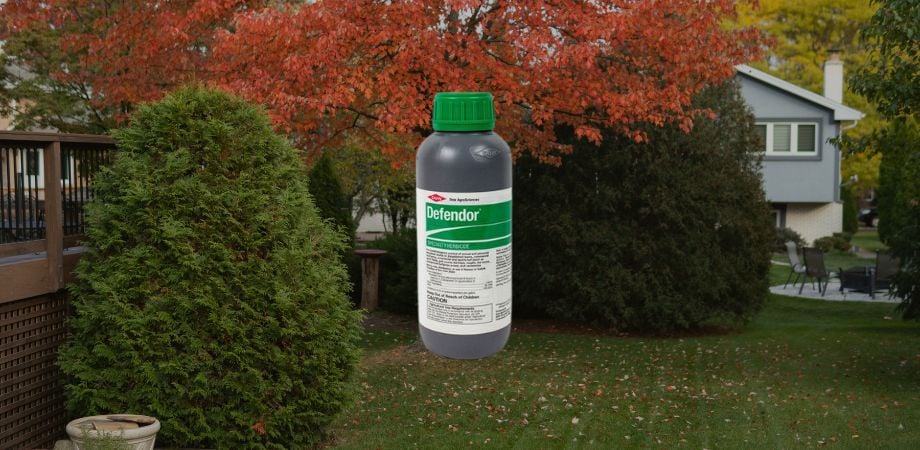Turfgrass faces increasing scrutiny due to water consumption and chemical use concerns. However, advancements in the Pure-Seed Testing (PST) breeding program offer an exciting glimpse into a more sustainable future for turfgrass.
Addressing Water Scarcity
Water conservation is paramount, that’s why the Turfgrass Water Conservation Alliance (TWCA) is spearheading the push for more drought-tolerant turfgrass. TWCA-qualified varieties take up to 40% less water than standard commercial turfgrass varieties, however, new experimental varieties are increasing in drought tolerance, leading to even better TWCA-qualified varieties for the future. The new qualified TWCA Tall Fescue varieties have been released this year, TWCA researchers are currently working on trialing perennial ryegrass in the next four years, with qualification by 2028, and additional Kentucky bluegrass varieties in the next qualification trial are expected to be released by 2032. In the meantime, new TWCA Kentucky bluegrass varieties are being increased and should be commercially available fall of 2025.
Beyond Freshwater Reliance
Water quality presents another challenge. Brackish water, high in salt content, can be detrimental to conventional turfgrass. The PST breeding program continues to address this by developing varieties with enhanced salt tolerance. This translates to thriving turfgrass in coastal regions or areas with limited freshwater access, such as southern climates, offering greater versatility in the use of turfgrass so it can continue to provide benefits to our environment.
The Multi-Trait Advantage
The future of turfgrass extends beyond mere survival. PST breeders are cultivating elite varieties that boast a multitude of desirable traits. Imagine turfgrass that is not only drought-tolerant but also exhibits superior disease resistance and develops deeper root systems for improved water and nutrient uptake. These advancements culminate in a healthier, more resilient turfgrass requiring less maintenance.
Combating Insect Threats
Billbugs and other pests can leave unsightly damage on turf. Fortunately, future turfgrass varieties will possess increased insect resistance, deterring bugs naturally. This translates to a reduction in pesticide use, contributing to a safer environment for families, pets, and beneficial insects.
Thriving in the Shade
Stadiums and other shaded areas often struggle to maintain a healthy green surface due to reduced light. However, the future is looking bright, or rather, even more shade-tolerant! PST breeding continues to develop varieties with sustained growth in low-light conditions. This signifies lush, green playing fields and beautiful shaded landscapes, even with minimal sunlight exposure.
A Sustainable Vision
The next decade promises even better genetics in turfgrass than we have now. With a focus on drought tolerance, water quality adaptation, and enhanced traits, our lawns and playing fields are poised to become more resilient, eco-friendly, and aesthetically pleasing than ever before.
Blog Authored by Pure Seed












